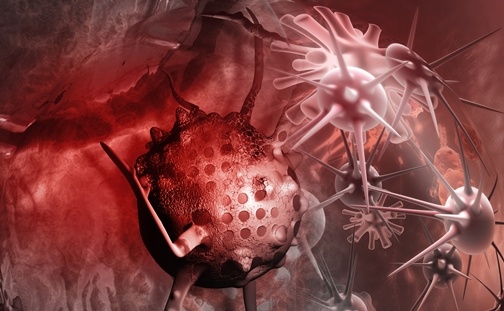
In a recent article for the website Leukaemia Lymphoma Research, cancer research scientist Vicky Forster explains what leukaemia stem cells are and why they are important for leukaemia research.
Scientists believe that all forms of leukaemia originate from a single blood stem cell in the bone marrow with damaged DNA.
The malformation causes the cell to divide abnormally and create many immature and dysfunctional blood cells. The dysfunctional blood cells suppress the rest of the blood system, giving rise to leukaemia. The blood stem cells that cause the problem are referred to as Leukaemia Stem Cells (LSCs).
Dr Forster suggests that understanding how these stem cells function is crucial to understanding the origins of leukaemia and why people relapse after treatment. LSCs are sometimes able to hide in the bone marrow when the patient is being treated for leukaemia, then reappear later to make the patient relapse. It is for this reason that patients who are deemed to have a higher risk of relapse are often given bone marrow transplants.
Speaking at the recent European Haematology Association (EHA) annual conference in Vienna, Austria, Dr Ravi Majeti has more thoroughly described how common blood cell mutations are. Dr Majeti looked at the DNA mutations causing acute myeloid leukaemia (AML) and existing mutations in healthy blood stem cells in the same person. An average of five mutations were required before cells became leukaemic and some patients already had three of four mutations in the DNA of their healthy red blood cells.
These existing mutations may not cause leukaemia but can demonstrate a pre-disposition towards it. Scientists continue to work with leukaemia stem cells to find better ways of predicting leukaemia risk and making sure treatments remove all leukaemia stem cells.
Source: What Are Leukaemia Stem Cells And Why Are They Important?
{{cta(‘3fe0aac7-7562-46dc-b8b9-c706d9cfd6b1’)}}
{{cta(‘fec594e9-5433-4350-9180-2bdd371eb399’)}}


